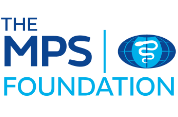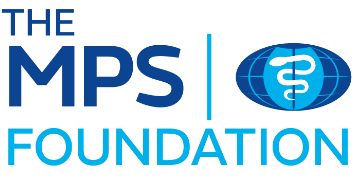Project title
Automated diagnosis of periodontal diseases with clinical photos and 2D dental radiographs using deep learning
Country
UK and Hong Kong
Background
Periodontal disease, often referred to as gum disease, is an inflammatory condition that affects the supporting bone and soft tissues surrounding the teeth. It is primarily caused by the accumulation of plaque – a sticky film of bacteria that forms on teeth. If not properly managed or treated, periodontal disease can lead to wobbly teeth, drifting, and loss of teeth. It is a prevalent health issue that affects millions globally, significantly impairing quality of life and imposing a substantial economic burden on healthcare systems.
Clinicians face medicolegal risks due to frequent misdiagnosis and mismanagement. While deep learning models have been applied to analyse dental radiographs, there is a notable lack of research focusing on accurate and comprehensive bone defect detection, and the use of 3D Cone Beam Computed Tomography (CBCT) scans as a standard for 2D radiograph analysis. Additionally, automated methods for identifying plaque and inflammation in clinical photographs are lacking, which could enhance assessment of patient compliance with plaque control – a significant risk factor for long-term tooth survival.
Summary
This research project aims to develop a deep learning model that utilises clinical photographs and 2D dental radiographs for the automated diagnosis of periodontal disease and the assessment of patient compliance to oral hygiene practices.
The primary objective of this research is to create a deep learning model that detects circumferential bone loss patterns around teeth, addressing a crucial gap in existing AI models. The project will use 3D CBCT data as a reference for precise data annotation by specialist periodontists and will employ a diverse dataset of clinical photographs and dental radiographs from patient populations in private practices in the UK and from patients at Prince Philip’s Dental Hospital in Hong Kong to enhance the model's external validity and applicability.
The study will focus on developing a neural network (NN) architecture to assess the severity and activity of periodontal disease, as well as patient compliance with oral hygiene, by identifying inflammation and plaque levels on clinical photos. The AI model's performance will be evaluated using metrics such as the Area Under the Receiver Operating Characteristic curve (AUROC) and confusion matrices.
Secondary objectives include assessing and comparing diagnostic performance across three groups of clinicians with varying levels of expertise compared to the AI model.
Outcome
The deep learning model is projected to achieve an accuracy exceeding 0.8 in classifying periodontal disease, potentially surpassing the performance of current models and general dental practitioners. This research will have significant implications for clinicians, patients, and the healthcare system. By identifying various bone defects and root anatomy, the developed technology will minimise the risks of missed diagnoses and serve as a valuable tool in clinical decision-making and treatment planning. Accurate and timely diagnoses, along with regular monitoring of patients’ plaque control, will facilitate early interventions, curbing disease progression and improving treatment outcomes. Ultimately, this project aims to reduce the need for costly treatments and minimise legal challenges arising from diagnostic errors. The findings will inform future enhancements and the potential scalability of the technology, supporting dental professionals in more effective diagnosis and treatment planning for periodontal disease.

